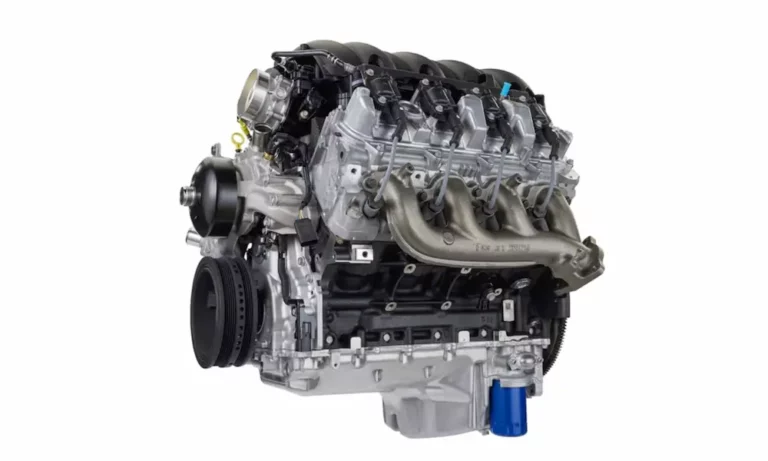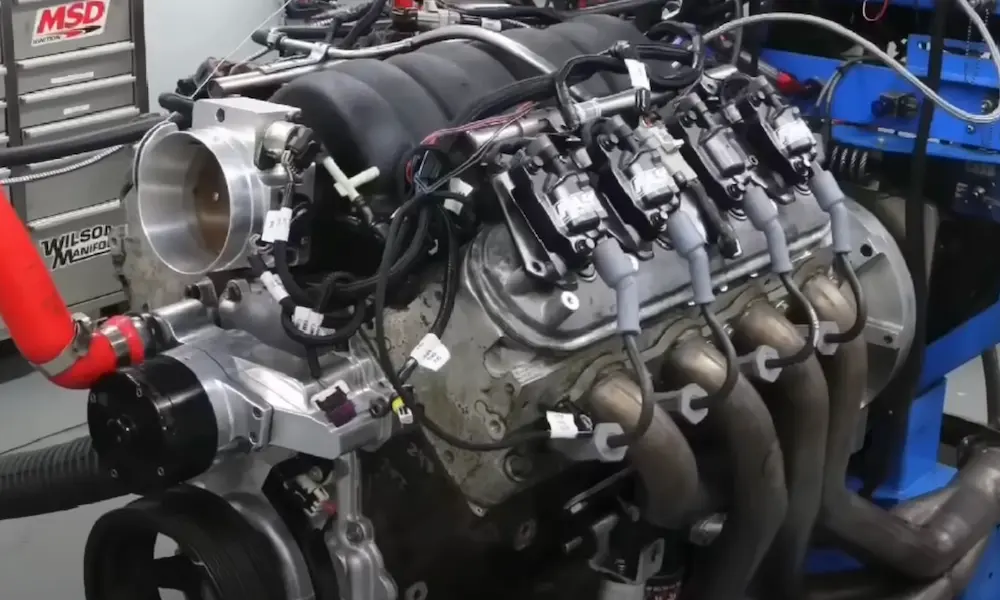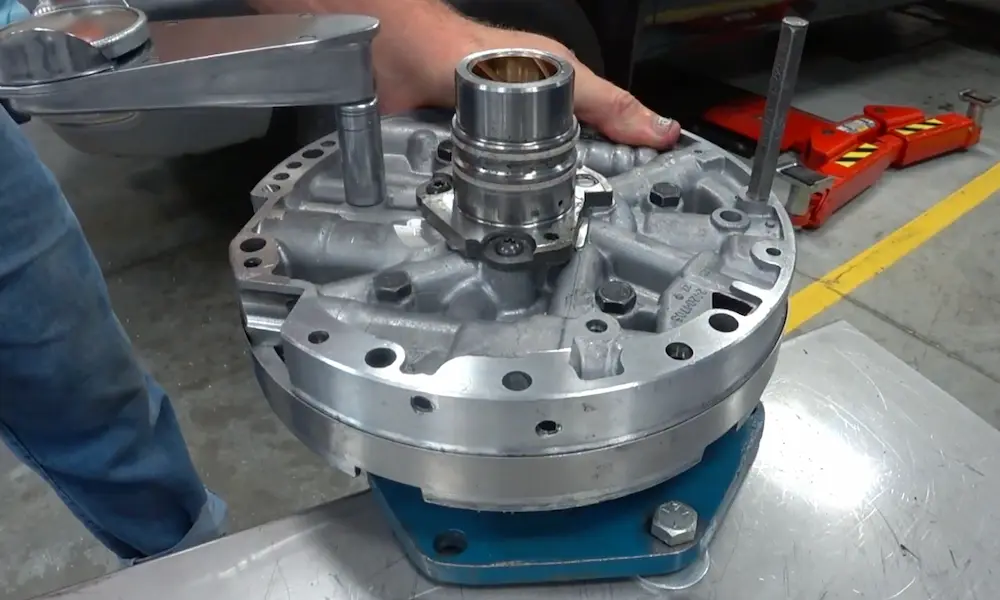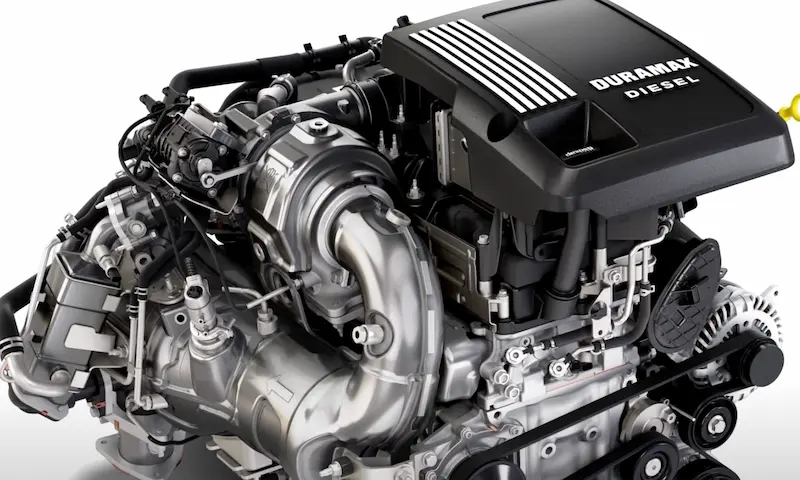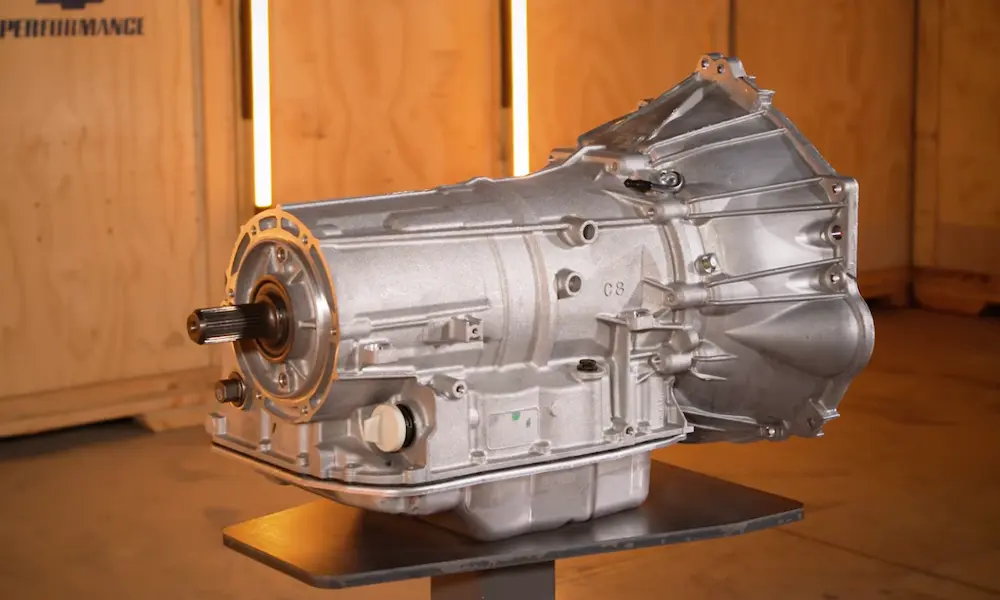If you’re dealing with a GM 6.6L L8T engine that’s giving you grief, you’re in good company. This workhorse V8 has gained popularity since its 2020 introduction, but it’s not without its quirks. Let’s dive into the common issues, fixes, and what you can actually expect from this powerplant in real-world conditions.
What Exactly Is the L8T Engine?
The 6.6L L8T is GM’s answer to heavy-duty gasoline power needs in their Silverado and Sierra truck lineup. Introduced in 2020, it replaced the aging 6.0L Vortec with some impressive specs:
- 401 horsepower and 464 lb-ft of torque
- Cast-iron block with forged steel crankshaft
- Direct fuel injection system
- 10.8:1 compression ratio
- No Active Fuel Management (AFM) cylinder deactivation
It’s designed as a more affordable alternative to the Duramax diesel while still offering serious towing capability. That said, several common problems have emerged that you should be aware of.
Oil Consumption Issues: The Thirsty L8T Problem
The most frequently reported L8T headache is excessive oil consumption. Many owners report their trucks drinking more than a quart per 1,000 miles, particularly when towing heavy loads.
GM has acknowledged this issue in their service bulletin PIP5656. The problem stems from two main sources:
- Piston ring design that may not seat properly during break-in
- PCV system inefficiencies that allow oil vapor into the intake
What You Can Do About Oil Consumption:
- Follow a strict 5,000-mile break-in period
- Use high-quality full-synthetic 5W-30 oil with good oxidation resistance
- Check your oil weekly (don’t rely solely on electronic monitors)
- Consider more frequent oil changes than the recommended 10,000-mile interval
The real concern with oil consumption isn’t just the cost of topping off – it’s that sustained low oil levels can jeopardize your timing chain, which relies on proper lubrication.
Carbon Buildup: The Direct Injection Downside
Like many modern engines with direct injection, the L8T can suffer from carbon buildup on intake valves. Since fuel doesn’t wash over the valves as in port injection, carbon deposits accumulate over time.
This buildup typically becomes noticeable around 60,000-80,000 miles, especially if you take lots of short trips or rarely push the engine hard. Symptoms include:
- Rough idling
- Random misfires
- Hesitation on acceleration
- Gradually decreasing power
Preventing and Addressing Carbon Buildup:
- Install an aftermarket oil catch can to reduce oil vapor entering the intake
- Consider walnut shell blasting service every 50,000 miles
- Take occasional longer drives at highway speeds to help clean the engine
- Use top-tier gasoline with better detergent packages
Interestingly, the L8T seems to accumulate carbon more slowly than some of GM’s previous engines, possibly due to improved PCV baffling.
The Mysterious Ticking Noise
Many L8T owners report hearing a metallic ticking sound that can cause immediate concern. Before you panic about lifter failure or timing chain issues, understand that there are two common and relatively benign causes:
- Fuel System Noise: The high-pressure direct injection system naturally makes a ticking sound, which can be more pronounced with thinner oils like the recommended 5W-30.
- Low-Octane Fuel Detonation: The engine’s 10.8:1 compression ratio combined with 87-octane fuel can cause minor pre-ignition under load, sounding like mechanical knock.
When to Worry About Ticking:
If the ticking sound changes in pitch, becomes louder over time, or is accompanied by performance issues, it might indicate a genuine mechanical problem requiring attention.
Fuel Economy Reality Check
While not a mechanical problem per se, many L8T owners experience disappointment with fuel economy. EPA ratings of 12-14 MPG combined fall short of the Duramax diesel’s efficiency.
The gap becomes even more pronounced when towing—expect 6-8 MPG when pulling a heavy trailer. This makes the L8T better suited for occasional or shorter-distance towing rather than cross-country hauls.
| Driving Condition | Typical L8T MPG | Comparable Duramax MPG |
|---|---|---|
| City Driving | 10-12 | 14-16 |
| Highway Driving | 14-16 | 19-21 |
| Towing (15,000 lbs) | 6-8 | 10-12 |
Despite the fuel economy penalty, many owners find the L8T’s lower purchase price (about $10,000 less than the diesel option) makes financial sense for their needs.
Exhaust Manifold Leaks and Sensor Issues
Less common but still documented problems include:
- Exhaust manifold gasket leaks: Listen for a suddenly louder exhaust note or smell exhaust fumes in the cabin. Addressing this promptly helps prevent secondary damage.
- Knock sensor failures: These trigger check engine lights with P0325 codes. While not catastrophically expensive to fix, ignoring them can lead to engine management issues and potential damage.
Both issues are relatively straightforward fixes but should be addressed promptly to avoid cascading problems.
L8T Reliability: The Long-Term Outlook
Despite the problems outlined above, the L8T has strong fundamentals for long-term durability:
- The cast-iron block provides excellent structural rigidity
- The forged steel crankshaft offers better durability than cast cranks
- The absence of AFM cylinder deactivation eliminates a common failure point in other GM engines
Fleet data shows many L8T engines running beyond 100,000 miles without major issues when properly maintained. That said, early production models (2020-2022) seem to have higher rates of oil consumption and sensor problems compared to more recent builds.
How Does the L8T Compare to Competitors?
vs. Ford 7.3L “Godzilla” V8
Ford’s competing 7.3L pushrod V8 offers similar power (430 hp, 475 lb-ft) but uses port injection instead of direct injection. This means:
- No carbon buildup concerns for the Ford
- The L8T’s cast-iron block may offer better long-term durability than the Ford’s aluminum construction
- Both engines avoid complex cylinder deactivation systems
vs. GM Duramax L5P Diesel
The Duramax diesel significantly outperforms the L8T in torque (910 lb-ft) and fuel efficiency but comes with tradeoffs:
- $10,000 higher initial cost
- More complex emissions systems (DEF, DPF) requiring maintenance
- Higher routine service costs
- More expensive fuel in many regions
For commercial users or those who tow frequently, the Duramax’s advantages might outweigh its costs. For occasional towers and everyday drivers, the L8T offers a compelling value proposition.
Essential L8T Maintenance Tips
To maximize reliability and minimize L8T engine problems, follow these maintenance recommendations:
Oil Management
- Use full-synthetic 5W-30 oil with API SP certification
- Change oil every 5,000 miles (half GM’s recommended interval)
- Check oil levels weekly, especially during towing seasons
- Monitor for increased consumption as mileage accumulates
Carbon Prevention
- Consider installing a quality oil catch can system
- Schedule walnut blasting service at 50,000-mile intervals
- Take occasional highway drives at sustained RPMs
Fuel and Ignition
- Use 91-octane fuel during heavy towing to prevent detonation
- Replace spark plugs at 60,000 miles, examining them for carbon fouling
- Consider fuel system cleaners every 5,000 miles
Proactive Monitoring
- Address check engine lights immediately, particularly P0325 (knock sensor) codes
- Listen for changes in engine sound, especially after oil changes
- Inspect exhaust manifolds periodically for soot indicating leaks
Is the L8T Right for You?
The decision comes down to how you’ll use your truck:
The L8T makes sense if you:
- Want lower upfront costs
- Tow occasionally or for shorter distances
- Prefer simpler maintenance without diesel emissions systems
- Can tolerate moderate oil consumption with vigilant checking
Consider the Duramax instead if you:
- Tow frequently or long distances
- Prioritize fuel economy
- Need maximum torque for heavy loads
- Plan to keep your truck for 200,000+ miles
The Final Word on L8T Engine Problems
The GM 6.6L L8T isn’t perfect—its oil consumption and carbon buildup issues require attention—but its fundamental design offers good durability when properly maintained. By understanding its quirks and following a proactive maintenance schedule, you can enjoy this powerful gasoline V8’s capabilities without major headaches.
For most non-commercial users, the L8T represents a reasonable compromise between capability and cost. Just keep that dipstick handy, and you’ll likely be rewarded with years of reliable service from this modern workhorse.

